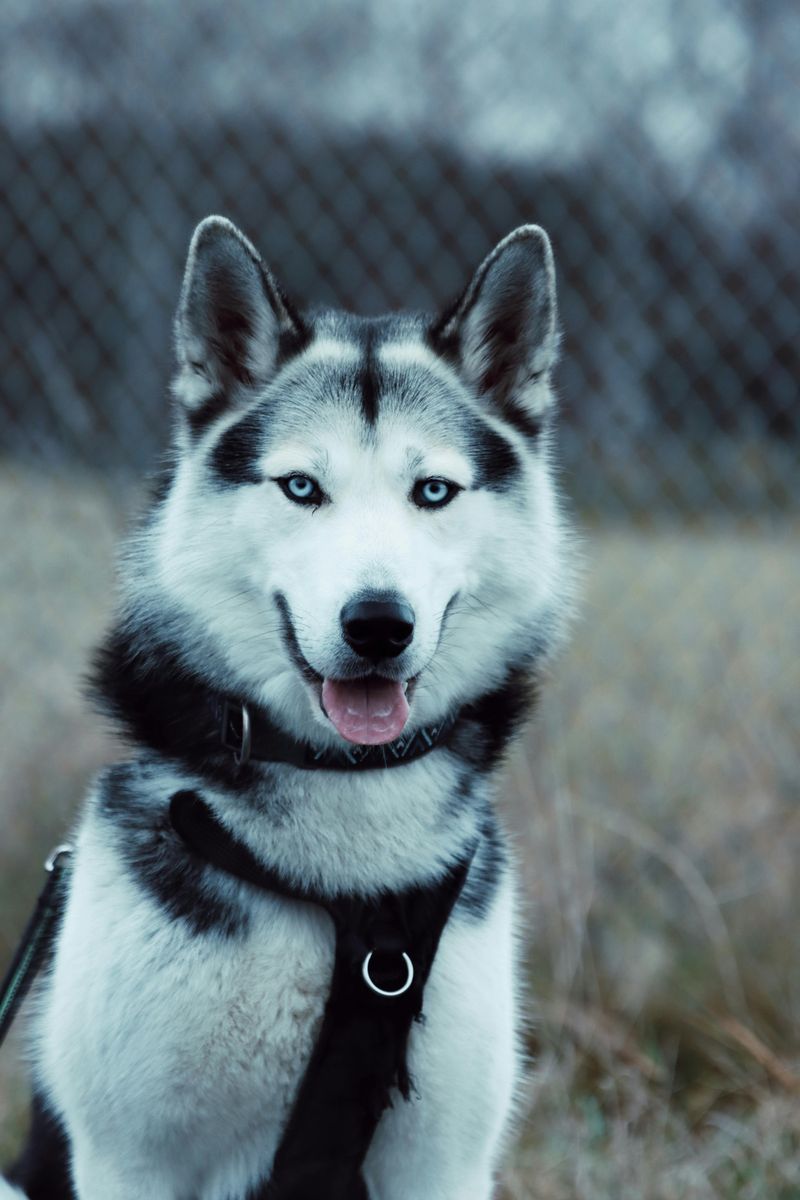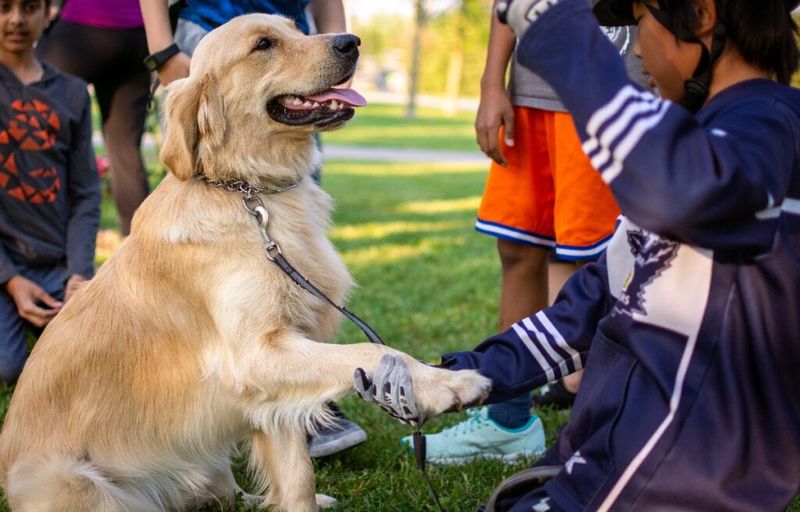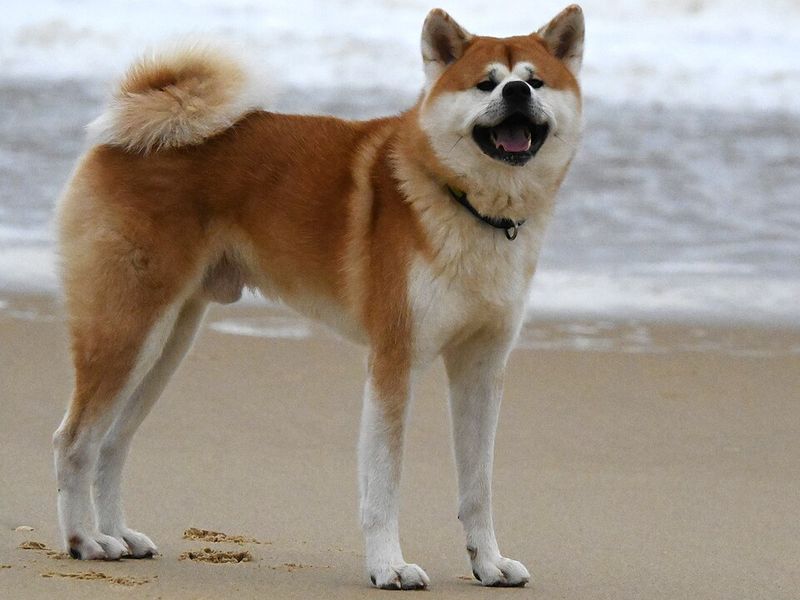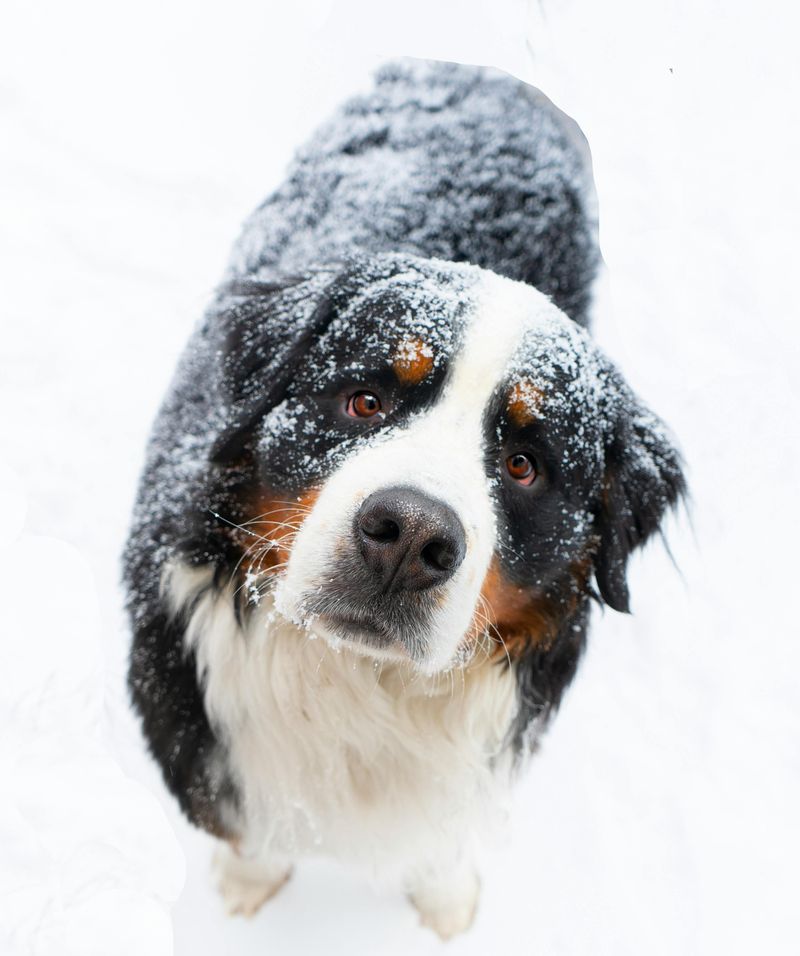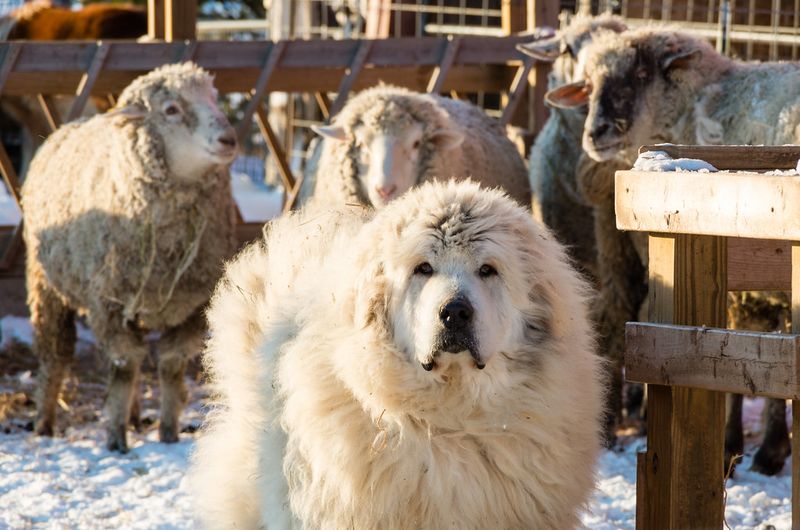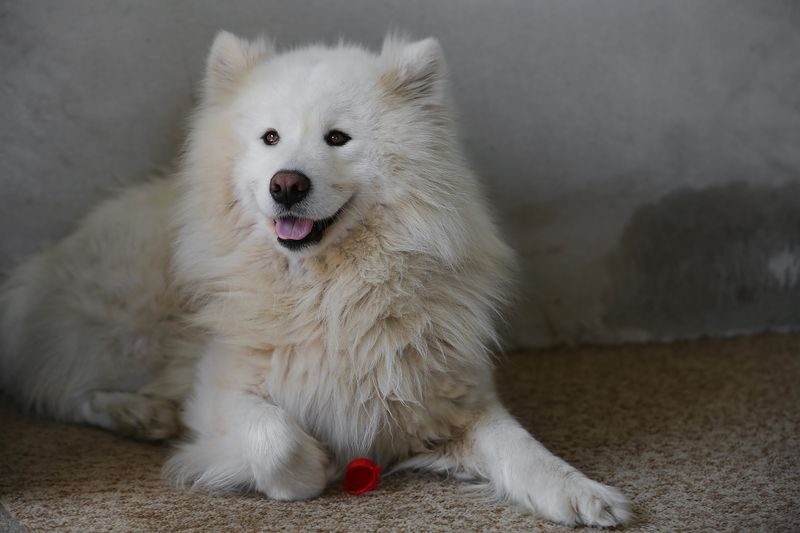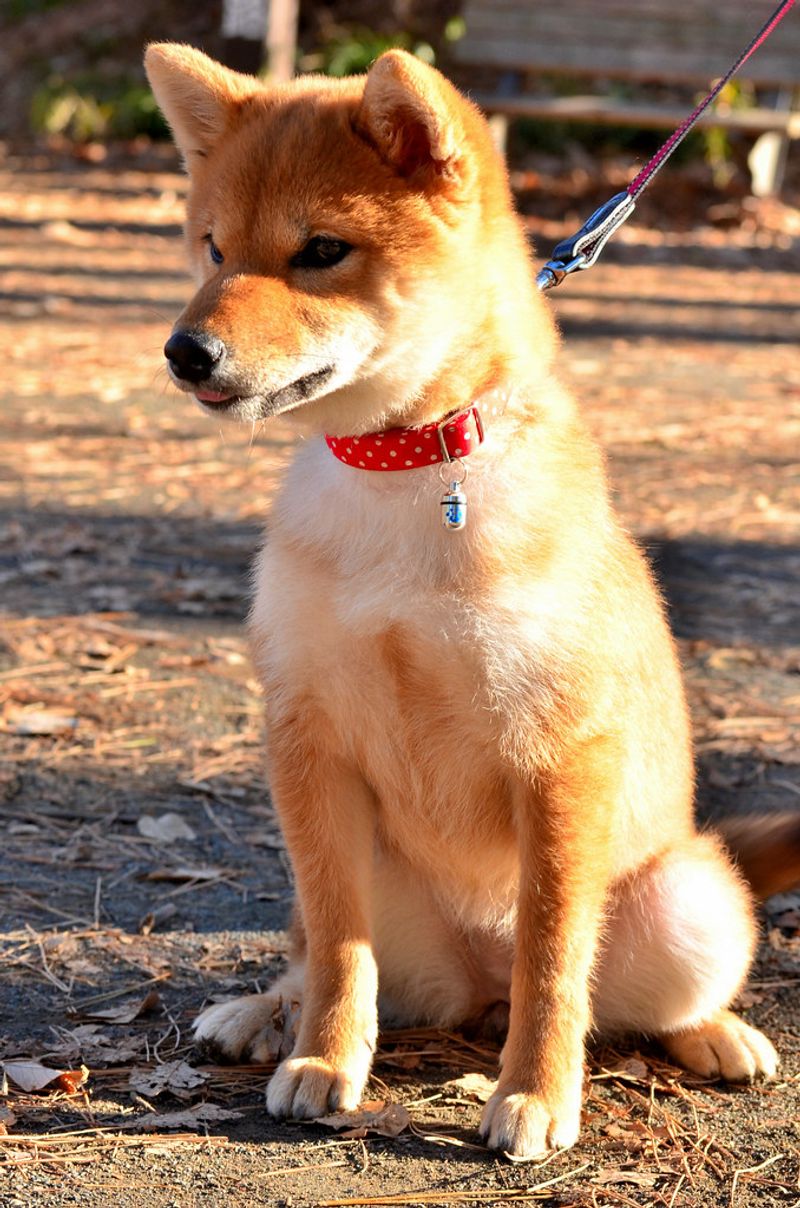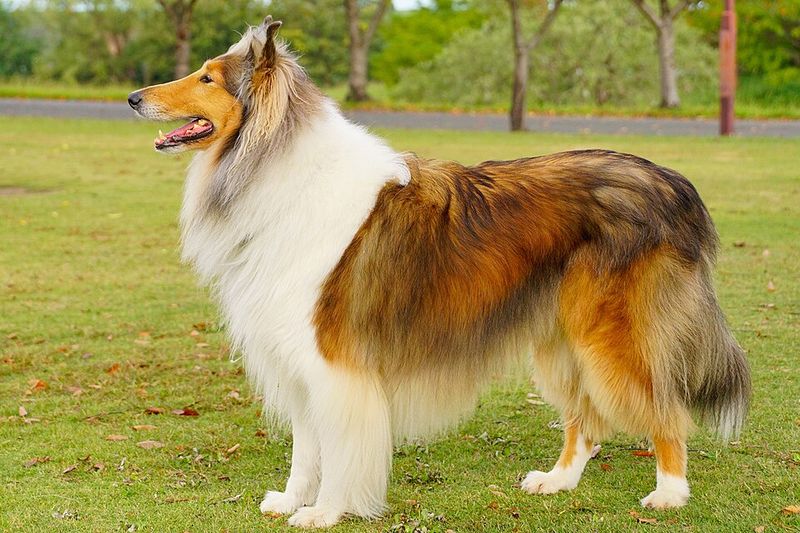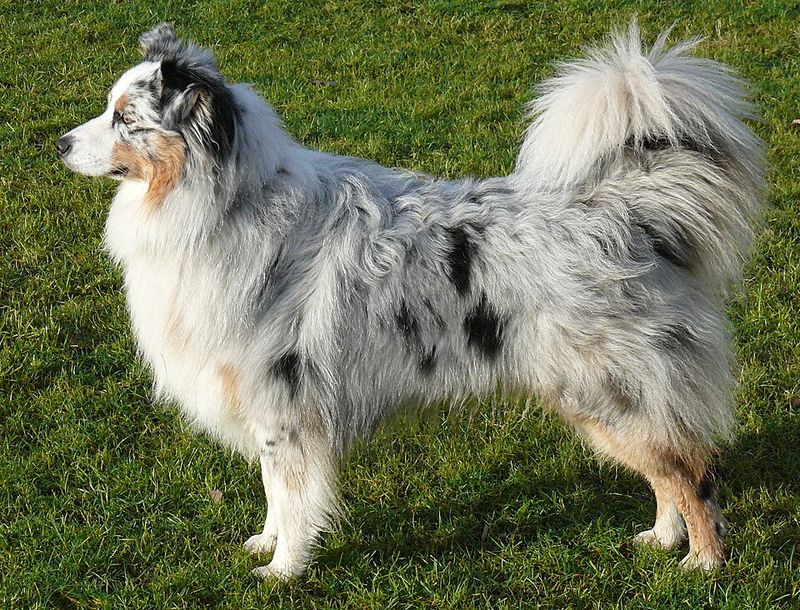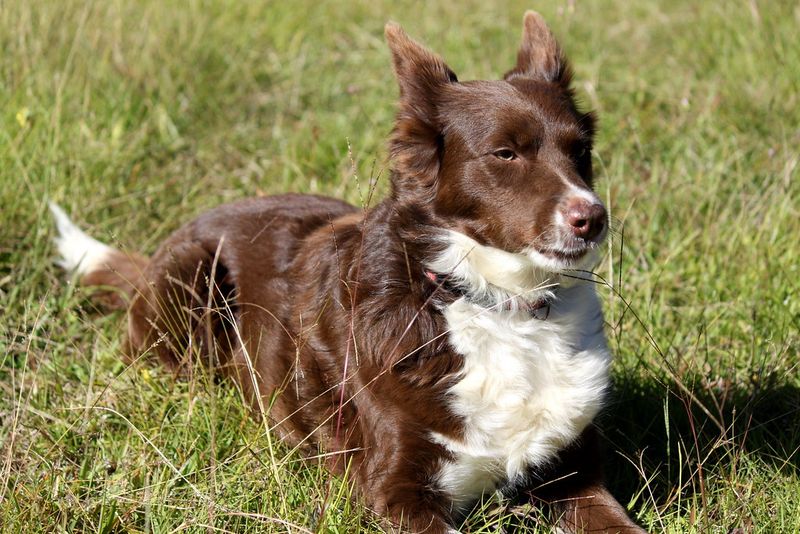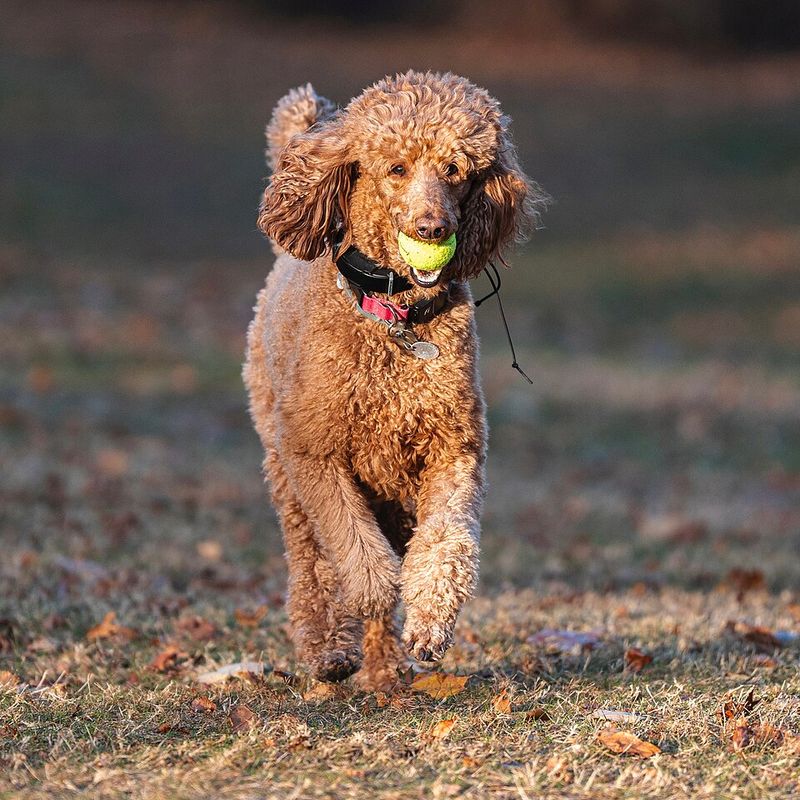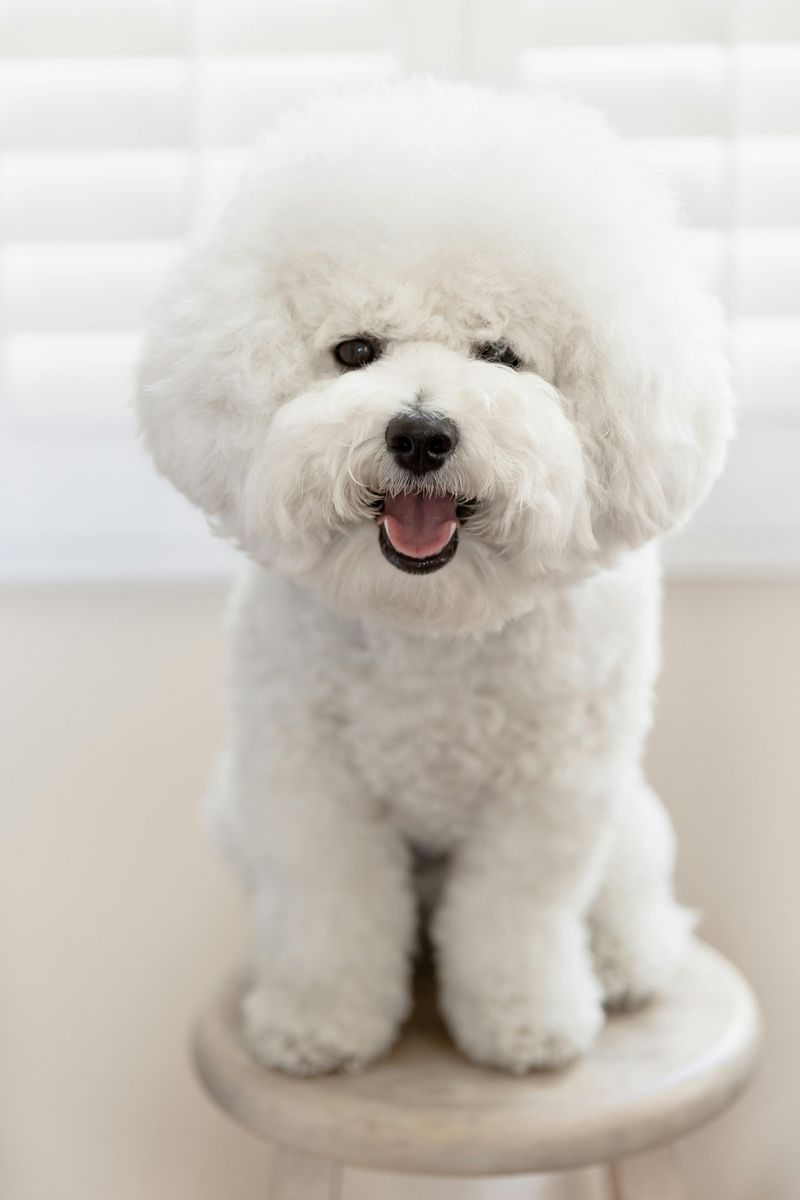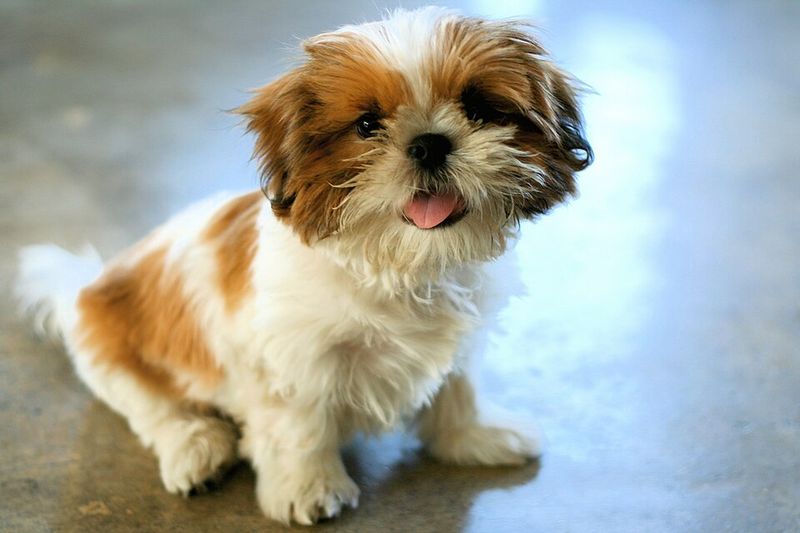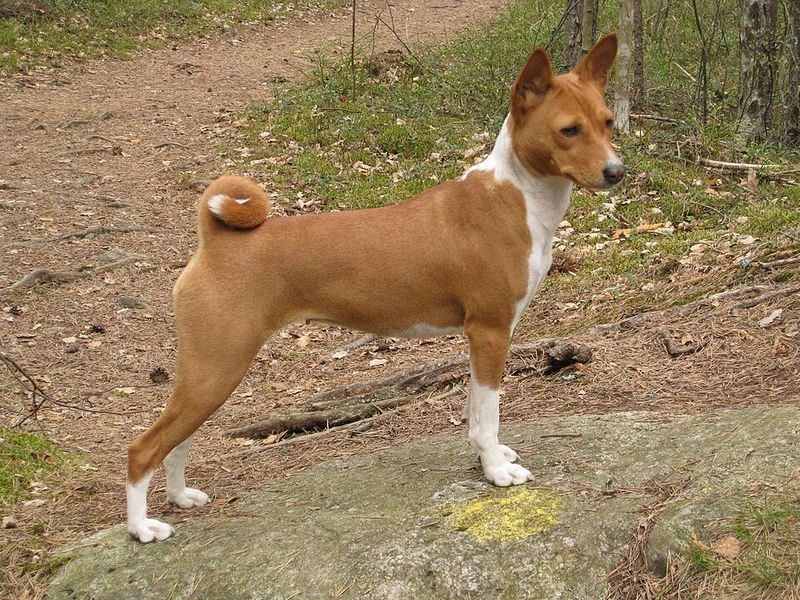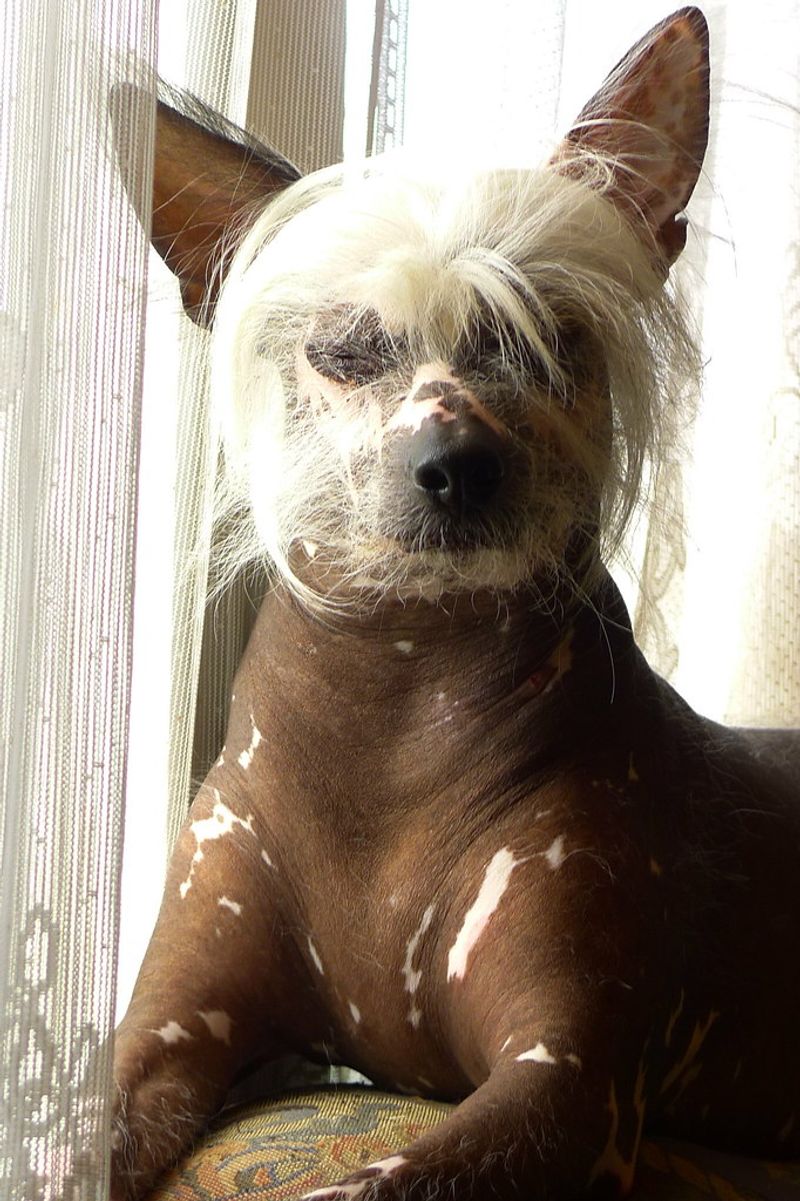Dog hair on the couch, clothes, and car seats can feel like a never-ending battle. But what if you knew exactly which breeds shed mountains—and which barely dust your floors? This roundup reveals 16 heavy-shedding dogs and 10 breeds that shed very little, so you can choose with confidence. Whether you love fluff or crave low-maintenance grooming, this guide will save time, money, and lint rollers.
Siberian Husky
The Siberian Husky is famous for its stunning double coat and equally notorious seasonal “blowouts.” Twice a year, they shed intensely, releasing undercoat in large clumps that can blanket your home. Regular brushing with an undercoat rake and slicker brush is essential, especially during shedding seasons. Weekly vacuuming and air filtration help control floating fur. Huskies thrive in cooler climates where their coat regulates temperature efficiently. A balanced diet rich in omega fatty acids supports skin and coat health. Bathing too frequently can dry their skin, so keep it occasional. Expect high shedding, but also high personality and energy.
Alaskan Malamute
Alaskan Malamutes carry dense, weatherproof double coats built for Arctic work, and they shed heavily year-round. Seasonal sheds bring dramatic fur release, requiring daily brushing to keep up. Use a deshedding tool to pull loose undercoat and prevent matting. Their thick fur traps dirt, so regular grooming keeps odors down. Malamutes are powerful dogs that need plenty of exercise, which also benefits skin health. Invest in a high-powered pet dryer to blow out dead coat after baths. Expect fur tumbleweeds, especially in warmer climates. Proper grooming routines make shedding manageable while showcasing their majestic beauty.
German Shepherd
German Shepherds are year-round shedders with seasonal peaks that can overwhelm unprepared owners. Their double coat releases undercoat continuously, so routine brushing is non-negotiable. A combination of slicker, undercoat rake, and vacuum-friendly grooming tools helps manage hair. Diet quality and hydration impact coat condition and shedding volume. Regular baths followed by thorough drying reduce loose fur and dander. Because they’re active working dogs, mental and physical stimulation supports healthy skin. Plan frequent vacuuming and lint rolling. Despite the fluff, their loyalty, intelligence, and trainability pay off, making the grooming commitment well worth the effort for many families.
Golden Retriever
Golden Retrievers are beloved for their feathered coats, but that beauty brings plenty of shedding. They release hair moderately year-round with heavier seasonal drops. Weekly brushing, focusing on the undercoat and feathering, helps prevent mats and excess hair on furniture. Use a slicker brush and metal comb combination. Regular baths with a gentle coat conditioner reduce static and shedding. Feeding a diet with omega-3s and maintaining a healthy weight contribute to a shinier, less-sheddy coat. Expect tumbleweeds during spring and fall. Their affectionate nature and trainability often outweigh the extra vacuuming for devoted Golden owners.
Labrador Retriever
Labrador Retrievers possess a dense, water-repellent double coat that sheds consistently throughout the year. Although fur length is short, volume can be substantial, especially during seasonal changes. Weekly deshedding sessions with a rubber curry brush and undercoat rake help immensely. Bathing followed by vigorous drying loosens dead hair. Labs are active and benefit from regular exercise, which supports skin health. Diet quality matters—look for balanced nutrition with omegas. Their friendly nature and versatility make them worth the shed for many owners. Invest in a good vacuum and keep lint rollers handy for black and chocolate coats.
Akita
Akitas feature plush double coats that shed in dramatic seasonal waves. During blowout periods, fur comes out in handfuls, requiring daily brushing to stay ahead. A slicker brush paired with an undercoat rake is essential to prevent clumping and matting. Bathing before blowouts and using a high-velocity dryer helps release dead hair. Akitas are clean by nature, but their coat volume still demands commitment. Provide a high-quality diet for optimal skin and coat. Vacuum frequently and consider furniture covers during peak shedding. Their dignified presence and loyalty reward owners who can handle the grooming workload.
Saint Bernard
Saint Bernards have massive coats that drop hair liberally, especially during seasonal changes. Their long or short coats both shed significantly. Regular brushing with a pin brush and undercoat rake reduces tangles and loose hair. Due to their size, grooming sessions take time—plan for patience and a sturdy grooming area. Bathing can be less frequent but thorough, with careful drying to prevent skin issues. Diet and hydration impact coat quality, so prioritize balanced nutrition. Expect drool and fur as part of life with a Saint. Their gentle demeanor makes the extra cleanup feel like a small tradeoff.
Bernese Mountain Dog
Bernese Mountain Dogs boast thick tri-colored coats that shed heavily. Their undercoat loosens in large amounts during spring and fall. A consistent grooming routine using a slicker brush, undercoat rake, and metal comb helps keep their fur manageable. Because their coat can mat behind ears and legs, inspect those areas regularly. Bathing before seasonal sheds and using a dryer to blow out loose hair is effective. Nutrition rich in fatty acids supports skin health. Expect regular vacuuming to control fur on floors. Despite the maintenance, their affectionate, gentle temperament makes them cherished family companions.
Chow Chow
Chow Chows carry a lion-like mane and profuse double coat that sheds copiously, especially seasonally. Their dense fur can mat if neglected, so thorough, layered brushing is essential. Use a slicker brush, undercoat rake, and finishing comb to reach skin level without scratching. Bathing should be followed by complete drying to avoid moisture-related skin issues. Chows are clean dogs but still release plenty of hair indoors. Diet quality and regular grooming keep the coat plush and manageable. Expect significant shedding during warmer months. Their regal appearance wins hearts if you can handle the grooming demands.
Newfoundland
Newfoundlands have thick, water-resistant double coats that shed continuously, with heavier seasonal drops. Their size means more surface area—and more hair. Regular brushing with an undercoat rake and pin brush reduces loose fur and prevents mats. Because they love water, ensure coats are dried thoroughly after swims to protect skin health. Bathing with de-shedding shampoo can help during blowouts. A nutrient-rich diet supports coat condition. Expect to manage drool and fur together. With their gentle, patient nature, many owners find the extra grooming a fair exchange for a devoted family guardian.
Great Pyrenees
Great Pyrenees sport thick, weatherproof double coats that shed heavily, particularly in warmer seasons. Daily brushing during blowouts keeps tumbleweeds at bay. Their white fur shows on dark fabrics, so prepare with lint rollers and frequent vacuuming. Use an undercoat rake and slicker brush to reach deep layers. Baths followed by thorough drying release old hair effectively. These calm guardians often lounge outdoors, which can bring dirt inside—regular coat checks help. Diet with omega-3s supports healthy skin. With consistent grooming, their majestic look shines despite the considerable shedding.
Samoyed
Samoyeds wear cloud-like coats that shed profusely, especially during seasonal transitions. Their dense undercoat demands regular, methodical brushing to prevent matting. Use a line-brushing technique with a slicker and comb to reach the skin safely. Bathing before blowouts and using a high-velocity dryer helps release compacted hair. Bright white fur shows everywhere, so plan for diligent cleanup. Quality nutrition and hydration aid coat health and reduce breakage. Samoyeds are cheerful and active, making grooming a bonding ritual. Expect glorious fluff—and lots of it—floating through your home during peak shedding.
Pembroke Welsh Corgi
Pembroke Welsh Corgis pack a lot of shed into a small frame. Their double coats release undercoat steadily, with heavy seasonal shedding. Weekly brushing using an undercoat rake and slicker brush controls loose hair and reduces tumbleweeds. Focus on the hindquarters and chest where fur is denser. A balanced diet and routine baths help maintain coat quality. Their active nature benefits skin circulation and coat turnover. Prepare for fur on baseboards and corners where tumbleweeds gather. Despite the shed, their charm, intelligence, and compact size make maintenance manageable for many owners.
Shiba Inu
Shiba Inus are tidy yet notorious seasonal shedders, often described as “blowing coat.” Their compact double coat releases impressive amounts of undercoat twice a year. Daily brushing during these periods keeps fur from coating your home. A slicker brush, undercoat rake, and grooming glove work well together. Shibas are clean and cat-like, which helps reduce odor despite shedding. Bathing just before blowout and thorough drying hasten undercoat release. Diet rich in fatty acids supports skin health. Expect short, needle-like hairs to cling to fabrics. With preparation, their shedding can be managed effectively.
Rough Collie
Rough Collies have luxurious, long double coats that shed notably, especially seasonally. Their mane and feathering require patient, layered brushing to prevent mats. Use a pin brush, slicker, and long-tooth comb to reach the undercoat. Focus behind ears, under elbows, and along the ruff. Bathing followed by complete drying prevents moisture-related skin issues. Regular grooming sessions make heavy shedding more manageable and keep the coat flowing beautifully. Diet quality influences coat shine and shedding. With commitment, their elegant appearance rewards the effort, though you’ll still find hair on clothing and furniture.
Australian Shepherd
Australian Shepherds sport medium-long double coats that shed consistently, with seasonal spikes. Their active lifestyle can tangle fur, so regular brushing is crucial. Use an undercoat rake and slicker brush to remove loose hair and prevent matting. Pay attention to breeches and behind ears. Bathing during blowouts and drying thoroughly releases excess undercoat. Good nutrition supports coat condition and reduces breakage. Expect noticeable shedding on couches and car seats. Their intelligence and energy keep owners engaged, and a solid grooming routine keeps fur under control while showcasing their striking merle patterns.
Border Collie
Border Collies have double coats that shed steadily due to their active, outdoor lifestyle. Seasonal changes increase shedding volume significantly. Weekly brushing, more often during blowouts, controls loose hair and keeps mats away. Use a slicker brush and undercoat rake; finish with a comb around feathering. Regular baths with thorough drying help release dead hair. Diet and exercise promote healthy skin. Expect fur on floors and in the car if they ride frequently. Their brilliance and work ethic make the grooming tradeoff worthwhile for devoted owners.
Poodle (Standard)
Standard Poodles are low-shedding rather than heavy shedders, making them ideal for those who dislike fur everywhere. Their curly, single coat traps loose hair, which means it doesn’t fall off onto furniture as much. However, this requires regular professional grooming or diligent home clipping and brushing to prevent mats. Weekly comb-outs reach the skin to avoid tangles. Bathing and blow-drying keep curls healthy. While hair still grows and can shed minimally, it’s typically contained. With consistent maintenance, you’ll enjoy minimal shedding and a stylish, versatile companion.
Bichon Frise
The Bichon Frise sheds very little, with a soft, curly double coat that traps loose hairs. This means less fur on floors but more responsibility to prevent matting. Regular brushing and combing several times a week are essential. Professional grooming every four to six weeks keeps the coat manageable and healthy. Bathing followed by fluff drying maintains volume and cleanliness. Good nutrition supports skin health. Owners seeking minimal shedding appreciate the tradeoff of frequent grooming. Their cheerful personality and compact size make them delightful, low-shed companions for apartments or houses alike.
Maltese
Maltese dogs are minimal shedders, sporting long, silky hair more like human hair than fur. Loose strands rarely litter your home, but tangles can form quickly without regular care. Daily brushing or wrapping techniques prevent mats. Many owners opt for a puppy cut to simplify maintenance. Gentle baths and conditioner keep hair smooth and manageable. Tear-stain care near the eyes also matters. With consistent grooming, the Maltese remains a low-shed, elegant companion perfect for those prioritizing cleanliness. Expect charm and companionship without the constant fur cleanup typical of heavy shedders.
Shih Tzu
Shih Tzus shed minimally because their hair grows continuously and falls out less frequently around the home. However, their luxurious coat needs steady upkeep to avoid mats. Daily brushing and regular professional grooming keep the hair healthy and manageable. Many owners choose a shorter pet trim for practicality. Bathing with gentle shampoo and thorough drying prevents tangles. Eye and facial hair require frequent attention. With proper care, you’ll find little hair on furniture, making Shih Tzus excellent for tidy households that can commit to routine grooming.
Portuguese Water Dog
Portuguese Water Dogs are low shedders with curly or wavy coats that hold loose hair. This minimizes visible shedding but increases grooming needs. Regular brushing to the skin and scheduled trims prevent mats and maintain shape. Many families choose this breed for reduced fur around the house. Bathing and blow-drying help manage curls and remove dander. Nutrition rich in omega fatty acids supports coat quality. While not shed-free, they’re considered a cleaner choice for those sensitive to hair. Active and affectionate, they thrive with both grooming and exercise routines.
Basenji
Basenjis are light shedders with short, fine coats that require minimal grooming. They groom themselves cat-like, keeping odor low and shedding sparse. Weekly rubber curry or grooming glove sessions remove loose hairs efficiently. Occasional baths maintain cleanliness without stripping natural oils. Their low-shed profile suits tidy homes and busy owners. Diet and general health still influence coat quality, so provide balanced nutrition. Expect some hair, but far less than double-coated breeds. Their quiet nature and sleek coat make them an appealing choice for low-maintenance companions.
Chinese Crested (Hairless)
The Hairless Chinese Crested sheds very little due to minimal body hair, though the Powderpuff variety sheds more. Skin care becomes the priority: routine bathing, moisturizing, and sun protection are essential. Light clothing can prevent abrasions and sunburn. Because there’s so little hair, you’ll find almost none on furniture. Nail trimming and dental care round out maintenance. Sensitive skin may react to products, so choose gentle formulas. This breed suits owners who prefer ultra-low shedding and are comfortable with skincare routines instead of heavy brushing.
Havanese
Havanese are low-shedding companion dogs with silky coats that tend to hold loose hairs. Regular brushing keeps mats away and distributes natural oils. Many owners maintain a shorter clip for convenience, reducing daily maintenance while preserving minimal shedding. Bathing and blow-drying help control tangles and dander. Their friendly demeanor makes grooming a pleasant bonding activity. With consistent care, you’ll notice very little hair on furniture. Ideal for families wanting a cheerful, low-shed breed without constant vacuuming, provided grooming commitments are met.
Yorkshire Terrier
Yorkshire Terriers have hair that grows continuously and sheds minimally, similar to human hair. Loose strands are few, but daily brushing prevents tangles and breakage. Many owners opt for a practical puppy cut to simplify care. Regular baths with conditioner keep the coat soft and manageable. Because they’re small, grooming sessions are quick and easy. You’ll find little fur on furniture, making them great for neat households. A healthy diet supports coat shine and structure. Yorkies deliver big personality with very little shed.

